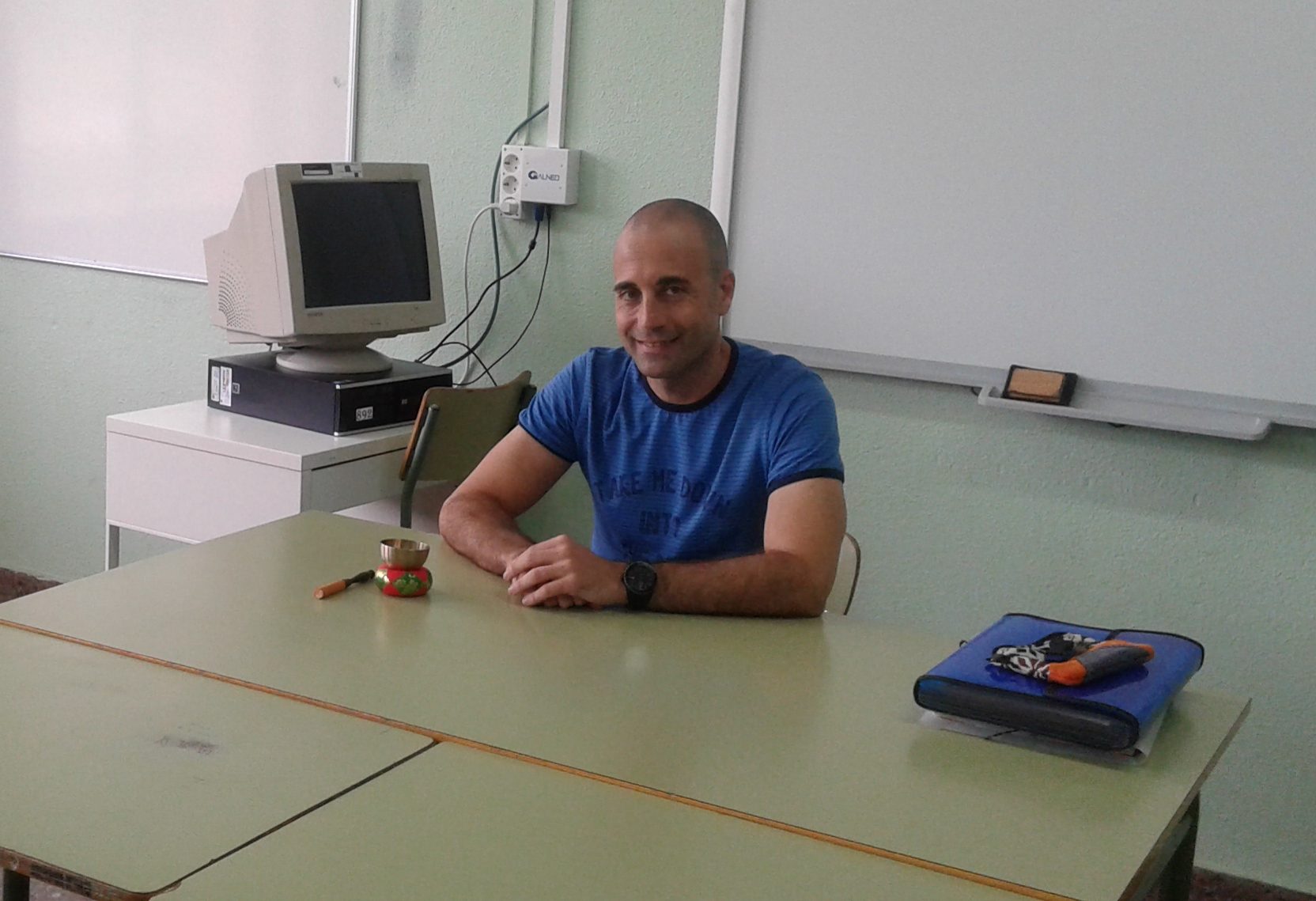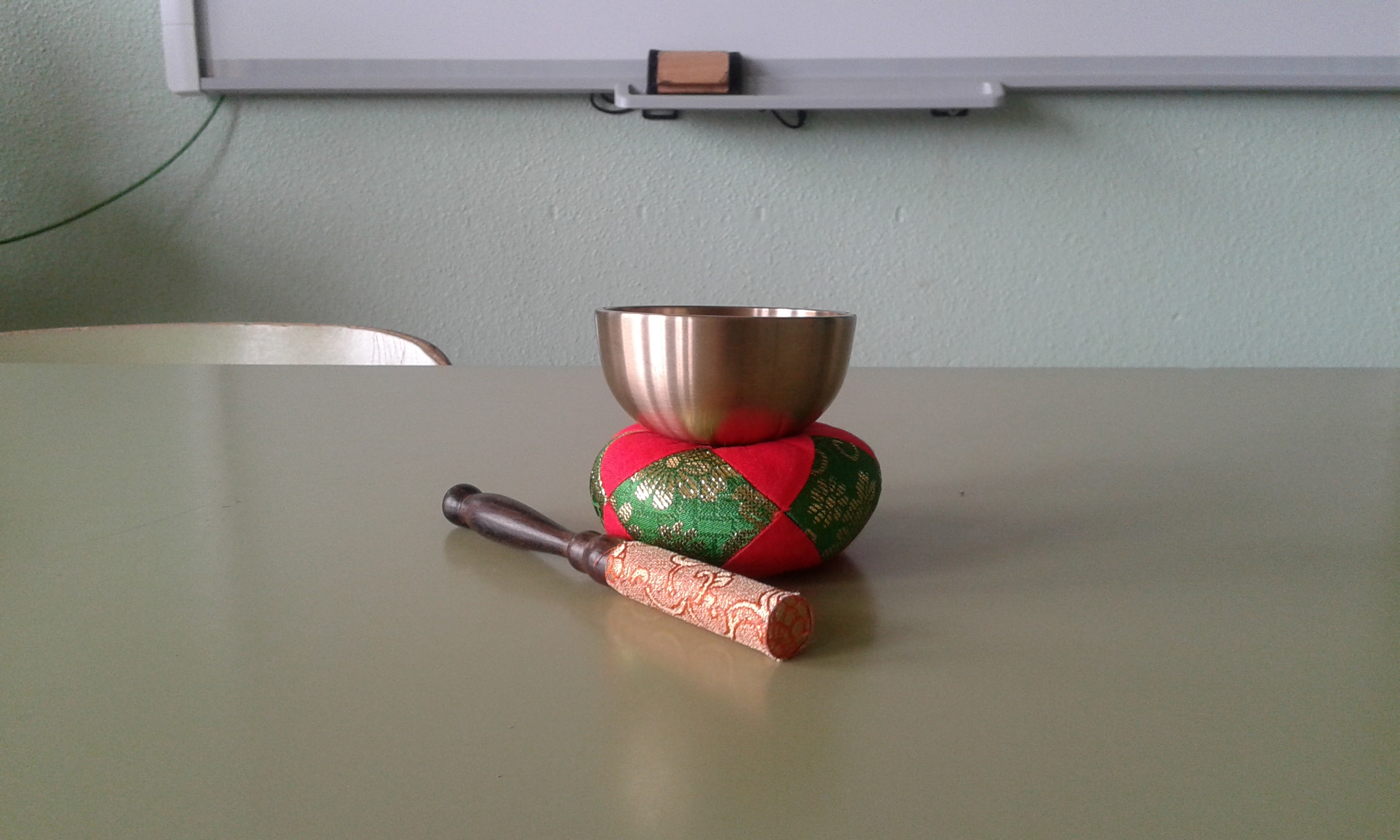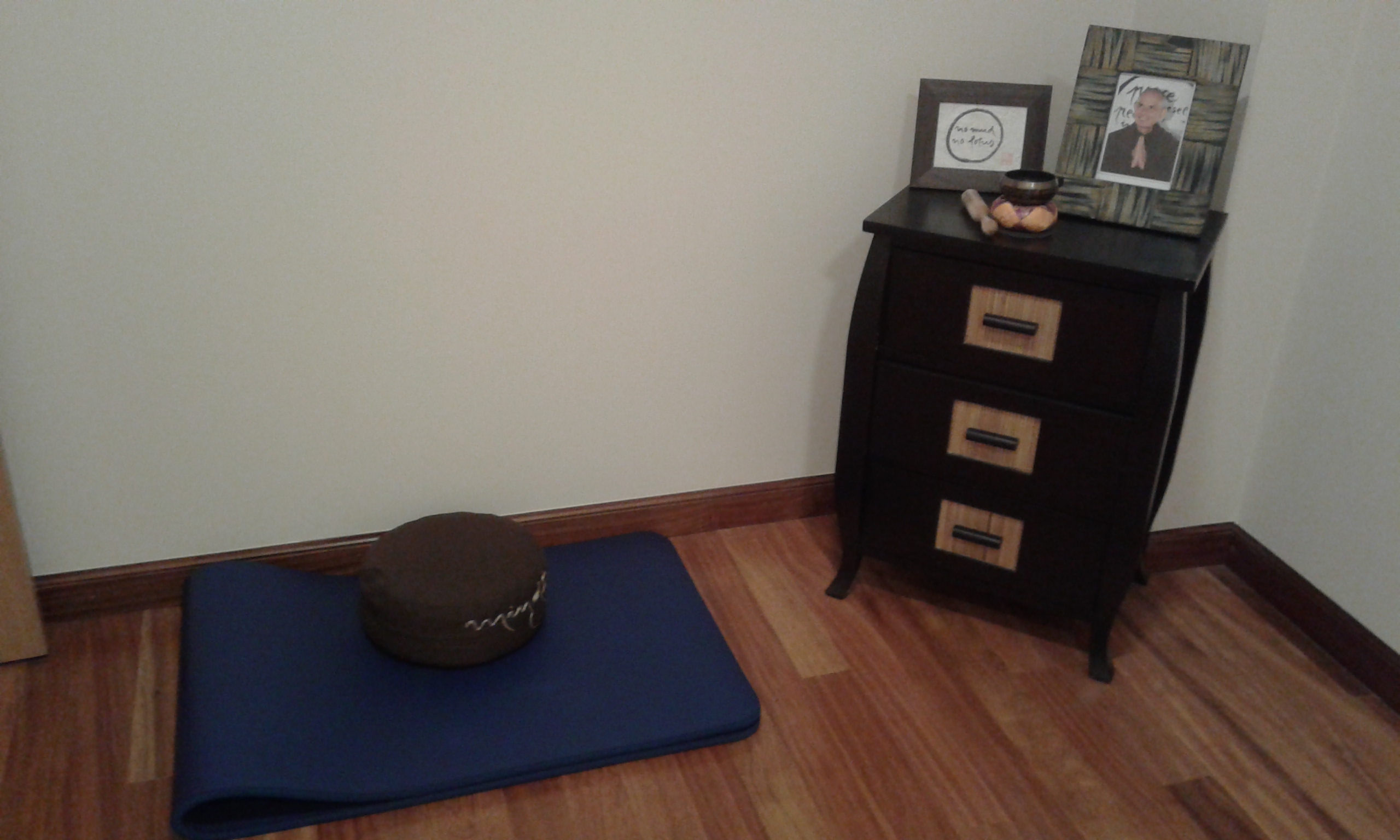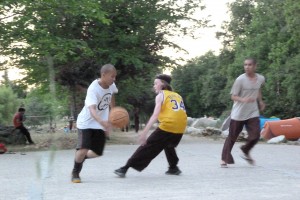
My name is Javi and I work in a secondary school in the Basque Country, near Bilbao. I have been teaching for over twenty years and I have no doubt encountered a decent amount of the same challenges anybody in such a position may come across. I have made so many mistakes during this process that I would need a whole book to briefly describe them, but as I just have the space of an article I would like to share with you a bit of the good stuff I have experienced as a teacher in the light of the Plum Village practice.
My impression is that in the school there is a suffocating pressure on the academic side and the emotional dimension of our students is too often neglected.
My impression is that in the school there is a suffocating pressure on the academic side and the emotional dimension of our students is too often neglected. However, I have always thought that a troubled heart blocks intellectual understanding and my main concern has always been to try to find the means to ease my students’ discomfort so that they might feel a bit happier and joyful in class. This has not always been easy, I’m afraid, because teenagers are often subject to inner conflicts that, in turn, have been able to trigger my own conflicts. Still, this process of seeing my suffering reflected in the mirror of my students’ behavior and reactions has been very healing and revealing. And it is thanks to the practice that I have been able to go through this process in a more conscious and beneficial way.
It is clear to me that without a solid framework of respect in class, nobody can feel comfortable in the group, including the teacher, and in the end the learning process is inevitably affected. But my colleagues know too well that things are not easy because of the complicated working conditions we endure. For example, I welcome about 30 students per class everyday which means that by the end of the week I have greeted (and tried to teach, of course) over 200 different students. Each of them a unique young creature making their best to sail across the uncertainties of adolescence. Rings a bell?
When you have such an amount of students in class, you pray that they may at least behave so that you can do your work. But again, without an atmosphere of genuine respect, this becomes a hopeless mission.
In my experience, nothing can be perceived by students as more respectful as to be given enough space to be their true selves. And It is here that the practice comes into play.
The thing is that students are extremely intuitive and they can easily perceive if I do embody that respect I am talking about or if I am just preaching something I don’t really practice. But what is respect? In my experience, nothing can be perceived by students as more respectful as to be given enough space to be their true selves. And It is here that the practice comes into play.
I have noticed that when a student feels deeply heard (sometimes for the first time in a long time) they also feel somehow relieved. Something as “simple” as to pay attention to your breathing and therefore let go of your thoughts creates enough space to let the other be. They can notice it and communication becomes possible. This is a true miracle that the practice has helped me to appreciate.
I often fail to be present to my students and frustration follows, but when I achieve that state of true presence in the middle of an emotional storm in class I am able to respond with more calm instead of reacting automatically to my student´s provocations or misbehavior and this, in turn, provokes a positive change in the student’s attitude. So being mindful of my own feelings and paying attention to my body reactions has given me more control over difficult situations. And it is this very practice of becoming a bit more mindful of your body, feelings and thoughts that I try to share with my own students so that they may empower themselves when faced with emotional distress.
But how to introduce this practice to hypercritical teenagers who tend to question by definition whatever coming from their old-fashioned teacher who is not smart enough to even wear trendy ripped jeans?
I needed a more subtle approach so that they wouldn´t feel treated as kids and their initial resistance might be hopefully overcome.
Being an enthusiastic practitioner my first impulse was to break the ice in class by inviting the bell (“See this bell? It’s gonna change your lives,,,”) but fortunately I quickly realized this might not be the wisest way to motivate my incredulous teenagers into any practice. I needed a more subtle approach so that they wouldn´t feel treated as kids and their initial resistance might be hopefully overcome. The idea was to elicit from them the importance of respect rather than provide them with a cooked speech on the relevance of such an attitude.

Once they became aware of the true meaning of respect they were naturally ready to talk about feelings and well-being. This was the moment to give them some food for thought:
“Have you noticed how you breathe when you feel scared, anxious or angry?
…So we can see that our emotions influence our breathing.
What about the other way round? Can our breathing influence our feelings?”
At this point they begin to wonder and experience genuine curiosity. They never thought of this before. A door has been opened and it is the time to invite them to take part in the practice and find out the answer by themselves. Now it is bell time.
I draw their attention to the link between body and mind and how our conscious breathing may be a bridge connecting both. Then, I invite them to take part in a relaxation and do some visualization in which they visit some nice inner place where they may feel safe, calm and happy. I remind them that they may return to this place whenever they experience difficult feelings such as sadness, anger or frustration.
At the end of the session you can tell from the smile and the serenity on their faces (on most of them, at least) that the experience was worthwhile.
At the end of the session you can tell from the smile and the serenity on their faces (on most of them, at least) that the experience was worthwhile. Of course all students don’t embark with the same enthusiasm on this adventure, but when they listen to their own classmates’ positive testimonies… that is far more infectious than anything the teacher may explain.
What students are discovering by themselves is the deep connection between body and mind and how they can have more control over their feelings by simply observing their body instead of getting lost in their thoughts.
So, what the practice has taught me is that the best I can offer not only to my students, but also to their parents, my colleagues and the people I love is my true presence.
On the best of days, when the sun of mindfulness shines, that’s the way things go. However, I must admit there are still more cloudy days than not, so I’m aware of all the work to be done.
And before finishing this writing I need to mention a key person in my practice: Estefi, my wife. She is a practitioner and a teacher too and she is the one who makes those cloudy days much more bearable.
Thank you for being there, my dear.
And thank you, dear reader, for getting to the end of this article.
A lotus for you.


